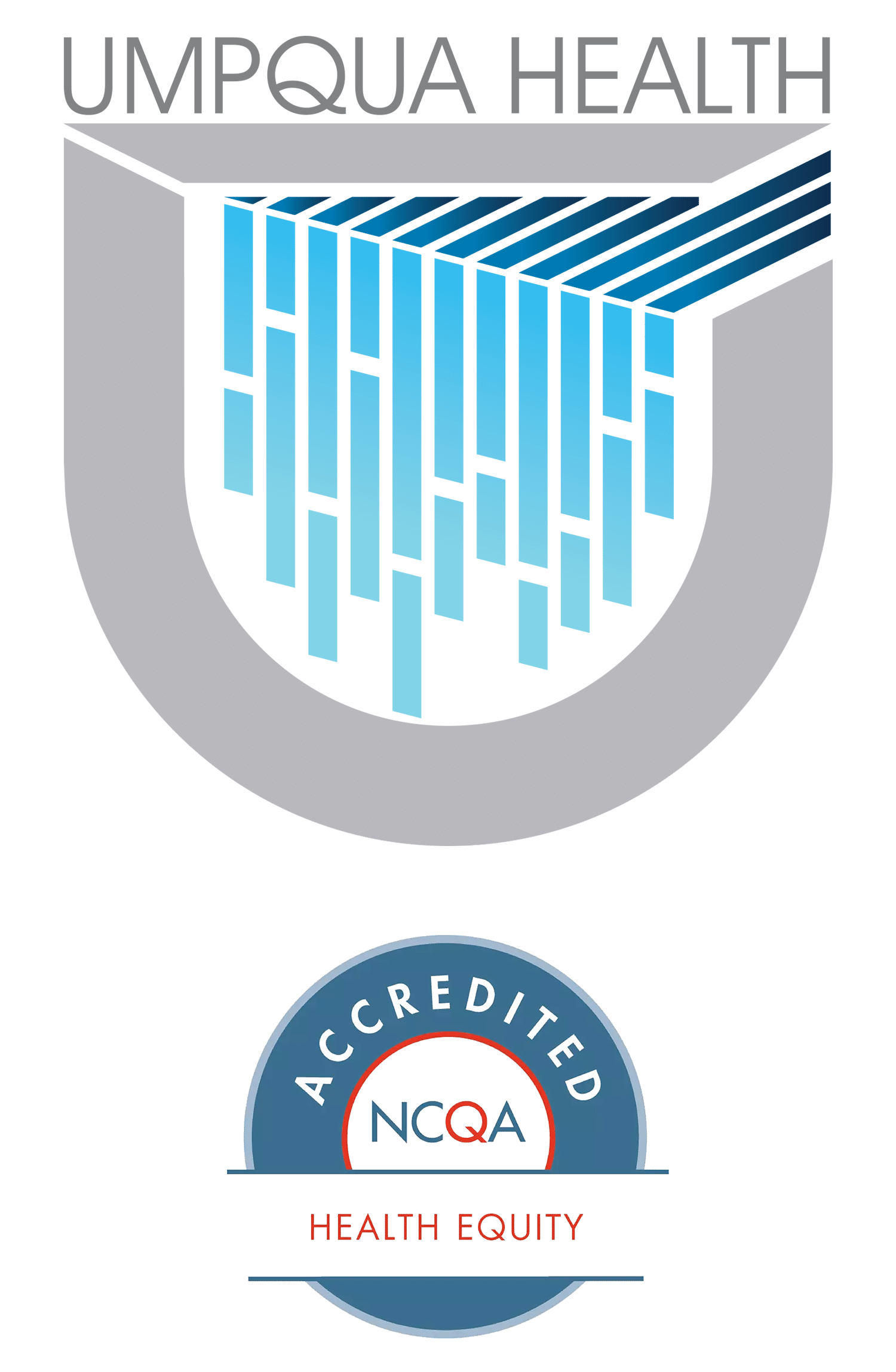Provider Newsletter June 2018


Practice Tactics
Prior Authorizations
The communication about the changes to the Prior Authorization grid (effective 7/1/2018) has prompted healthy dialogue with provider offices. Our Provider Forum on May 22 was well attended and generated lots of questions at the event, with additional email queries. We listened to your suggestions for adding to the list of procedures that should be excluded from PA requirement, and have updated the July PA grid with those additions, which you can find here. The majority of additions are for OBG and ENT procedures. We remain open to suggestions for efficiency while maintaining our goal of administering the Oregon Health Plan as required by the state. If you have any thoughts or suggestions, please feel free to contact our Chief Medical Officer Dr. Doug Carr.
Home Sleep Studies Experience
We have seen providers embrace the change to order home sleep studies in uncomplicated adults to diagnose their patients with Obstructive Sleep Apnea. These are available without a PA. The next step after a positive diagnosis is to order a three month trial of auto-titrating CPAP; downloads from this trial are used by the vendors to meet the criteria for equipment purchase. Facility titration studies are rarely indicated after diagnosis with a home study as the newer CPAP machines are auto-titrating. Facility based sleep studies are still appropriate initially for children, patients with cardiopulmonary or neurologic disease, suspected/proven central apnea, and other sleep related disorders.
Smoking Cessation Before Elective Surgery
Guideline A4 still confuses some providers in its interpretation and management of patients. It requires a four week cessation of cigarette smoking before elective surgery. Surgeries excluded from this requirement include procedures that can’t be delayed (emergent), diagnostic procedures, contraception, and cancer related, which means actual treatment of a cancer. Cessation can be proven by a single urine cotinine test before obtaining the PA. If nicotine substitution is used (gum/patch/vape or chew) then the cotinine test will be positive, and a negative urine anabasine – metabolite seen only with smoking- is sufficient to merit a PA. Certain procedures, such as lung volume reduction surgery, bariatric surgery, erectile dysfunction surgery, and spinal fusion have 6 month tobacco/nicotine abstinence requirements. See also Guideline Notes 8, 100, 112 and 159.
 Opioid Management Training and Buprenorphine Certification
Opioid Management Training and Buprenorphine Certification
We strongly endorse the Oregon Pain Management Commission’s online intro to pain management course, Changing the Conversation About Pain: Pain Care is Everyone’s Job, worth 1 CME credit. Although it is designed for providers, other clinical staff would benefit from this module. Click here to register, and learn more about this opportunity.
A free buprenorphine waiver training is being offered in Portland on June 20. Click here for more details, and to register. Physicians, PAs and APRNs who successfully complete the course (both the in-person training and the on-line component) are eligible to apply to SAMHSA to obtain a waiver to prescribe buprenorphine.
Contact the training organizer, Chuck Brinkerhoff, if you have any questions.
 Be on the Lookout
Be on the Lookout
Pertussis is Back
In 2016 Oregon experienced only about 200 cases of pertussis. This year to date Lane County alone has had over 140 cases. As of June 8, there have been three confirmed and four presumptive cases in Roseburg and North County. While there are many causes of cough, pertussis should be in your differential especially if the cough is severe and long lasting, particularly during this or any other outbreak.
Think pertussis when a patient has a severe cough that lasts for more than one week, especially if they have no underlying disease
Pertussis is most easily diagnosed in the first few weeks of symptoms; the best test at that time is a nasal swab for pertussis and or respiratory panel by PCR. Utilizing a standard nasal swab transport medium, Mercy Medical Center laboratory provides a quick turnaround. For those who have been sick for more than three weeks, a pertussis IgM can be measured. High levels of pertussis IgM in a patient with a cough suggests a recent infection.
Pertussis is one of those few cases in which empiric therapy is recommended while waiting for lab testing. Unlike most acute respiratory infections, where antibiotics are rarely indicated, treatment for pertussis is our old friend Azithromycin in standard doses (Z-pak for adults and suspension for kids).
Pertussis is contagious for five days if appropriately treated and for many weeks if not treated. Keep the patient away from others until the test is negative, or the antibiotic course is completed. To read the CDC guidelines for the treatment of pertussis, click here.
If your patient has pertussis, call Douglas Public Health Network to help control the spread. Pertussis is very contagious and can get out of control quickly. Public Health can track down contacts for treatment, can exclude under-vaccinated kids from school and provide detailed information to providers and patients. Call Public Health day or night at (541) 440-3571.
 Medical Management
Medical Management
Choosing Wisely: Imaging for Uncomplicated Headache
The use of magnetic resonance imaging (MRI) for evaluation of headache remains excessive among physicians across many specialties according to both the American Headache Society and the American College of Radiology, despite recent attempts at limiting overuse of imaging and procedures. As part of the Choosing Wisely campaign, both of these organizations have explicitly recommended against imaging in patients with uncomplicated or typical migraine headaches. Yet, the practice nevertheless remains prevalent, with estimates ranging from 12.4% to 15.9% of patients with uncomplicated headache receiving MRI in outpatient practices. The low prevalence of serious pathological findings on imaging in patients who present without other indicative symptoms and the high cost of such exams necessitates a thorough evaluation of appropriate use of MRI for headache. Here, we debate the problematic use of MRI for uncomplicated headache and put forth a discussion of possible interventions that could promote more efficient use of imaging. Overuse of imaging has the potential to open a box that cannot readily be closed, and physicians upstream of surgical decision making must remain aware of the downstream effects of their clinical choices.
Variation in Practice
- Estimated population affected: 544,000– 817,000*
- Excess Cost of Practice: $146 million – $211 million* *Estimates are for Medicare population only
Even though several clinical specialty society guidelines recommend against the use of imaging for uncomplicated headache, neuroimaging remains an area of substantial overuse. One study using National Ambulatory Medical Survey data between 2007 and 2010 estimated that among 51.1 million outpatient headache visits, neuroimaging with CT or MRI was utilized in approximately 6 million (12%) of general headache visits and 2.5 million (10%) of all migraine headache visits (Callaghan et al., 2014). This study also found that the rate of neuroimaging increased between 2007 and 2010 from approximately 10% to 15% for all headache visits. A recent study of Medicaid beneficiaries in Washington state also found significant levels of overuse, estimating that among beneficiaries with a health care visit for a primary diagnosis of acute, uncomplicated headache, 25% of enrollees received a CT scan or MRI test (Washington Health Alliance, 2014). Another retrospective study of Medicare claims data from 2009 evaluating the prevalence of low-value services found that among a representative sample of approximately 1.4 million beneficiaries, 30,000 – 42,000 (2% – 3%) of all individuals had an uncomplicated headache visit with a CT scan or MRI (Schwartz et al., 2014). When these results are applied to the entire Medicare population, it was estimated that 544,000 – 817,000 patients per year undergo unnecessary neuroimaging for uncomplicated headache. The costs of non-indicated neuroimaging can be significant. One study estimated that national annual expenditures on neuroimaging studies during outpatient headache visits accounts for nearly $1 billion (Callaghan et al., 2014). The Schwartz study found that annual Medicare spending on imaging for uncomplicated headache ranged from $146 million – $211 million depending on certain underlying assumptions (2014). These estimates do not include any costs associated with follow-up care yielded by test results, so the potential for cost-savings from reducing overuse may be higher.
Too often patients present to their providers requesting imaging for their uncomplicated headache. Concerned about the presence of a brain tumor, aneurysm or other developing catastrophe, the PCP is often pressured into ordering a CT and/or MRI exam. Patients also have a poor appreciation of the potential harms of radiation exposure or the potential for unnecessary downstream testing caused by false positive results. In a busy physician practice, there generally is less time to adequately inform the patient of the harms associated with unnecessary testing. Radiologists then face the additional challenge of explaining to a patient after a test has been ordered that imaging is not required. Clinicians are also increasingly provided bonuses for patient satisfaction, making doctors more inclined to overprescribe or perform additional tests since high patient satisfaction ratings tend to correlate with performing more, costlier care.
Though patient demand was consistently raised as the major driver of overuse in this area, experts noted that provider education and training also play a role. Radiologists interviewed reiterated that they are often unaware of the details of a patient’s evaluation and whether or not imaging was indicated until after the study has been completed, signaling a need for greater provider education and decision support at the point of test ordering. While a medical history and neurologic exam should make it easy for a clinician to determine when imaging is necessary, at times a busy practitioner may not examine the clinical scenario with the necessary level of medical intensity.
Ironically, EMRs have been raised as another potential driver of overuse, since in the short term some new systems make it more complicated to find information on medical history that helps clinicians determine that neuroimaging is unnecessary. Physicians interviewed recognized that over time EMR systems will simplify how information is coded and organized, but for now these systems can add a layer of complexity to physician decision-making. Other experts noted that the transition to EMR may provide additional opportunities to curb overuse, as some software integrates decision-support tools that default to appropriate testing options based on clinical standards. This innovation will make it more difficult for a physician to justify unnecessary testing and easier for health systems to identify outliers.
Physicians interviewed identified emergency departments as a unique environment that foster overuse in this area. First, emergency physicians typically have less knowledge of a patient’s medical history and less time to perform a comprehensive medical evaluation to identify the source of the headache. Moreover, the fear of potentially missing a life-threatening condition is heightened in the urgent care or emergency care environment. Emergency departments also face unique financial incentives, as physicians are especially motivated to clear patients quickly in order to free up rooms for additional patients and to maximize potential revenue. Referring a patient for imaging is the quickest way to clear a patient for discharge from the emergency department, and since emergency departments are scored and often receive financial bonuses based on waiting times, the financial incentive to provide unnecessary imaging is magnified.
Though imaging for uncomplicated headache remains an area of waste, physicians interviewed agreed that progress has been made to reduce unnecessary care in this area. First, health plans commonly require preauthorization for outpatient imaging services, including MRI and CT scans, or contract with Radiology Benefits Management Programs (RBMPs) to help control overutilization (ACR RBMA, 2012). Non-indicated imaging for headache is identifiable using existing claims codes to help payers identify when imaging is performed unnecessarily, making it feasible to recognize overuse and target outliers accordingly. Physicians interviewed also mentioned that preauthorization policies can be helpful when managing pressure from patients wanting an imaging test that is non-indicated. Some experts cautioned, however, that efforts should be made to make preauthorization policies as streamlined as possible, since the administrative burden on clinicians to receive approval for indicated imaging tests can be a separate source of inefficiency. Experts also emphasized that payment reform and the evolution towards capitated reimbursement and accountable care delivery systems may further reduce financial incentives for over testing.
Factors Related to Overuse
| Patient Factors | Physician Factors | Payer Factors |
|---|---|---|
|
|
|
Opportunities for Improvement/Current Best Practices
| Opportunities for Improvement | Current Best Practices |
|---|---|
|
|
 Childhood Immunization Technical Assistance
Childhood Immunization Technical Assistance
UHA is proud to partner with the Douglas Public Health Network (DPHN) to offer an upcoming technical assistance training. The free four hour training is designed for Pediatric providers, front office and back office staff. The OHA Transformation Center is providing an expert who can help identify causes of lower childhood immunization rates and offer techniques that can be used to increase success with the CCO measure. A Vaccines for Children (VCF) Health Educator will also discuss the Oregon Immunization Program, including the ALERT system. A morning and afternoon training is scheduled for June 22nd. For more information and to register, click here.



